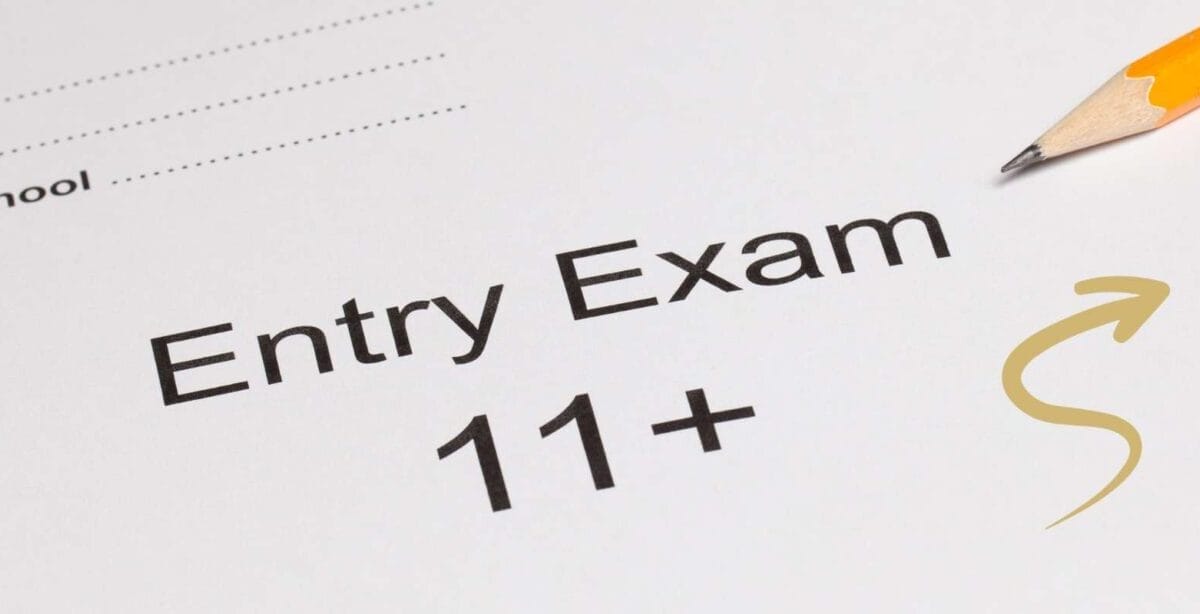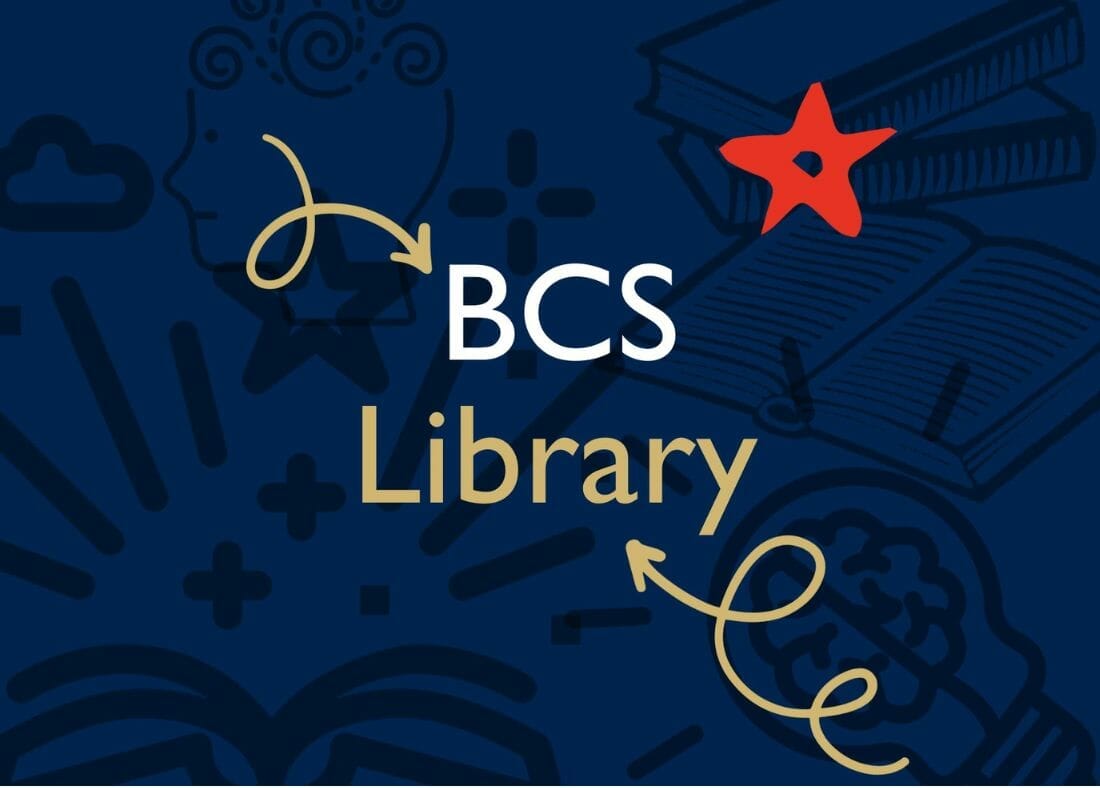
Preparing for exams and assessments can be stressful for all children, but for children with special educational needs and disabilities (SEND) who may face processing issues, difficulty with working memory and challenges with time management, revising can feel like an impossible task.
The Assistant Head of Learning and Teaching, Mr Brown, explores some ideas for exam techniques for pupils with additional needs.
Managing Cognitive Load
Cognitive Load Theory suggests that when we are presented with too much information it is both stressful and a barrier to learning. In these situations, our working memory is limited.
In order to remember information for long periods of time, we need to transfer information from our working memory, to our long-term memory. Unfortunately, a bottleneck can occur and this transfer doesn’t always take place. This leads to forgetting, and generally inefficient and ineffective learning.

Behaviours associated with cognitive overload may include frustration, distracted behaviour and increased stress and this may be something that you see when children are completing work at home too.
So, how can we avoid that happening?
Trying to understand and retain too much information in one go is the easiest way to experience cognitive overload. Children will be unable to remember essential information, and will not be making the most out of their learning.
Presenting only the most important information ensures that students do not experience cognitive overload by trying to process too much at once.
Completing Long Tasks
When a task is taking too long to complete, children may not fully engage with it. They may start feeling overwhelmed and unsure of where to start or how to tackle the task. This can result in cognitive overload, slowing down the learning process.
If a task will take a long time for children to complete, it can be very helpful to break it down into shorter deadlines. Setting smaller goals is a great way to ensure that students have a clearer direction and don’t feel overwhelmed.
It is important to give children a clear plan for completing a task. This is particularly important at this early stage of the children’s education, when they lack experience. As they become more expert in a domain, there is scope for them to engage in more independent learning, we can reduce the scaffolded support they need and they can begin to segment tasks and prioritise independently.
Strategies for Retaining Information
For a child with SEND, efficient use of time is the key to success when studying for exams. There is so much information to learn in a limited amount of time. You need to pack as much knowledge into your brain as possible! But, how?
When pupils are trying to remember all those facts it is important to use as many of the senses as you can.

Visual Learning Strategies
A visual learning strategy is the process of translating information into visual prompts such as mind maps and spider diagrams. As well as providing at-a-glance revision notes, this process will help your child to organise, prioritise and segment information. Transfer information into pictures, patterns, posters or comic strips to make it more accessible. Rossie Stone, who is Dyslexic, set up Dekko Comics after discovering that when he translated his textbooks to comic strips, the information stuck – and was even quite fun! He now produces comic books to help children revise across the curriculum. They have been designed with dyslexia-friendly features in mind, as well as proving naturally easier to read through the comic format.
Oaka books similarly focus on visual learning resources packed full of bright, colourful imagery which vastly improves learning for dyslexic individuals and visual learners.
An effective strategy which many children utilise is using highlighters in different colours, and symbols to identify linking information can help visual learners to organise and disseminate information.
Auditory Learning Strategies
Presenting information in a story or narrative sequence can also help our brains to retain facts. Think about how many items you can remember when they’re in the form of ‘I went to the shops, and I bought…’!
If your child works better with the spoken word, then get them to record themselves explaining a concept or presenting an argument onto their iPad’s voice recorder. This can help them learn while they’re speaking and through listening back.
Get creative and create mnemonics with your child to help them remember the order of key facts and information.
Kinaesthetic Learning Strategies
Kinaesthetic learners learn best through physical experience, whether this is moving around or through touch. This type of learning can work particularly well for Autistic children or children with ADHD.
Practical activities, games and experiments can help children who learn through doing understand concepts and practise skills.
Exam Technique During the Exam
Command words allow pupils to access a question and answer what is being asked of them – they are in all written exams.
Not understanding the command word of a question could mean they lose marks in their answer.
Children will need to be familiar with these command words – this is something that will happen in class but can also be supported at home through regular practice.
This is particularly true for enabling autistic children to develop the skills they need to decode an exam paper. Using visuals will help autistic students grow their subject specific language and can include:
- photographs
- films clips
- vocabulary keyrings
- flash cards
Regularly sharing exam style questions and exam papers with children is a really effective way of ensuring that they are comfortable with the style of questioning used in exams.
Communication in the Exam
Communication is key – sights, smells, invigilators walking around can all have an impact on how a pupil perceives a test so communicate with the SENCo to ensure that the correct provision is in place.
Teach children to read and reread exam questions. At this young age, pupils may need help getting into the habit of this, so this is something that you can really support at home when preparing for exams, and really structure their learning by asking them to read it twice. Start to build their independence to do this by themselves.
Look for action verbs, such as analyse, argue, compare and contrast, criticise, discuss or evaluate. Then use highlighters in comprehension tasks to avoid having to look for information again. And it is often helpful for the child to use a reading ruler to keep place while reading.
Wellbeing in Exams
Consider the physical, emotional and mental wellbeing of your children through the exam season as we will do at School.
For some children this will be a time of heightened and unrelenting anxiety with knock on effects on sleeping; diet; exercise and ability to concentrate. Test / exam anxiety is a psychological condition in which children can experience severe distress and anxiety when thinking about and/or taking an exam. A little anxiety can improve performance; however, when stress levels are so high that normal functioning is hindered, it becomes a problem. This is something we do see in some children at this young age so strategies to combat this are important.
Reframing
Giving children a more positive and helpful way of looking at test anxiety is an effective way of reducing it. In one study, one group of children received a standard email the night before their first exam which gave general reminders and encouragement. Another group received a similar email but that also included research showing test anxiety to be beneficial, or at least not hinder exam performance. The researchers found that those who received the intervention email the night before the exam showed lower levels of test anxiety and performed better in their exam. More importantly, the positive effects of the reframing email were long lasting.
Use Self Talk
Recent research demonstrated a link between high levels of cognitive distortion (exaggerated/irrational thought pattern) and high test anxiety, which together led to lower exam results. Cognitive distortions include catastrophizing (belief in the worst possible outcome e.g. “I will fail all my exams”), personalising (excessive attribution of failure to self, for instance “I will not pass this exam because I am a failure”) and concentrating too much on negative elements (for example, “I will fail my exam because I could not answer some questions”).
Therefore, to overcome test anxiety, these cognitive distortions need to be overridden with positive and helpful self-talk where students focus on previous exam successes. Researchers have found that by saying ‘stop’ straight after a negative thought has helped people to manage frustration, overcome nerves, sleep better and stop dwelling on worst case scenarios.
In a study on anagrams, participants who asked themselves questions (“will I do well?”) solved significantly more than those who had declared they would succeed (“I will do well”).
Getting people to talk to themselves in the second person (i.e. ‘you can do this’) may be more effective than if they did it in the first person (i.e. ‘I can do this’).
Giving yourself instructions has been demonstrated to help athletes improve their attention and how successfully they perform under pressure. Away from sport, there is also evidence to suggest that teaching children to talk to themselves in this way can improve their performance in the classroom by improving their self-control as well as their ability to plan and prepare.
Preparation
Behavioural strategies (using revision to build confidence and control). In summary, by ignoring exam anxiety, we risk young people not reaching their educational potential and potentially damaging their mental health.
Relaxation Strategies
Relaxation strategies (like breathing exercises and guided visualisation) can provide some immediate relief; by slowing their breathing, students can reduce their heart rate, moving the body closer to a state of physiological rest, allowing them to regain more control over their emotions.
Navigating exams and assessments can be particularly challenging for children with SEND, as they may face obstacles such as cognitive overload, time management difficulties, sensory processing differences and heightened anxiety.
However, by working with the Learning Success team in School and trialling and testing these exam techniques for pupils with additional needs at home, parents and educators can make exams fairer, more accessible and reflective of a child’s academic ability.









































